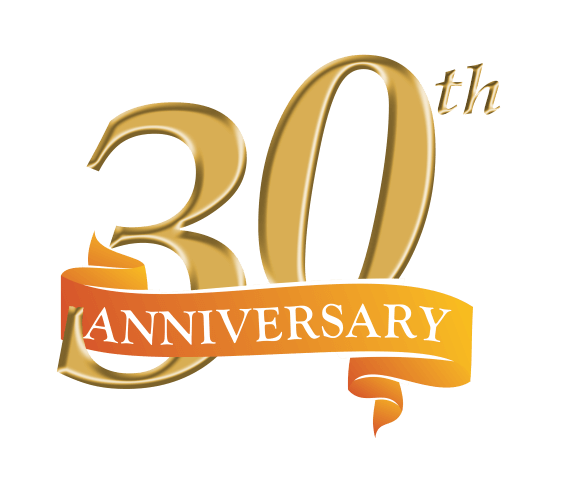Pain-Free Teeth Extraction at West Coast Dental of French Valley
Overview
A tooth extraction may be necessary for various reasons, such as severe damage or decay. It’s one of the most common dental procedures and can help eliminate infection and improve your overall oral health.
What is a Tooth Extraction?
A tooth extraction is a dental procedure where your tooth is completely removed from its socket. Often referred to as “pulling” a tooth, this procedure is considered when other restorative methods, like dental fillings , root canals, or crowns, aren’t viable options.
When is Tooth Extraction Recommended?
Healthcare providers aim to save natural teeth whenever possible. However, there are situations where tooth extraction becomes necessary. Your dentist may recommend extraction if you have:
- Severe tooth decay (cavities)
- A fractured tooth
- An impacted tooth
- Crowded teeth
- Severe gum disease
- Tooth luxation or other dental injuries
Who Performs Tooth Extraction?
Dentists and certain dental specialists, such as oral surgeons and periodontists, can perform tooth extractions. While general dentists handle many extractions, complex cases are generally referred to specialists for further care.
Procedure Details
What Happens Before a Tooth Extraction?
Before a tooth extraction, your dentist will assess the affected tooth and surrounding gums. They will also take dental X-rays to evaluate bone levels and the extent of the damage. Be sure to inform your dentist about any medications, including vitamins, or supplements you are taking. Once all the necessary information is gathered, your dentist will discuss treatment and sedation options with you in detail.
Sedation Options in Dentistry
Many healthcare providers offer sedation during tooth extractions and other dental procedures. This is especially helpful for people with dental anxiety or those who want to be more comfortable during their appointments. Common sedation options include:
- Nitrous Oxide (“Laughing Gas”):
- Inhaled through a mask or nosepiece
- Suitable for light level sedation
- Allows you to drive yourself to and from appointments
- Oral Conscious Sedation:
- Taken by mouth, usually in pill form, about an hour before the appointment
- Can be used alone or combined with nitrous oxide or IV sedation
- Requires a friend or family member to drive you to and from the appointment
- Intravenous (IV) Sedation:
- Recommended for significant dental anxiety or lengthy procedures
- Sedative and pain medications delivered directly to the bloodstream via an IV line
- Highest level of sedation available in a dental office
- Requires arrangements for a driver on the day of the procedure
What to Expect During and After a Tooth Extraction
What Happens During a Tooth Extraction?
First, your dentist will numb the area around your affected tooth with a local anesthetic. Then, using specialized dental tools, they will carefully loosen and remove the tooth from its socket. In cases where the tooth is severely decayed or broken at the gum line, the dentist might make small incisions in your gums to access it. After the tooth is removed, the dentist will clean and disinfect the socket. Sometimes, they may place a dental bone graft to help prevent jawbone loss. Finally, stitches may be used to promote healing.
What Happens After a Tooth Extraction?
Once the procedure is complete, your dentist will place a piece of gauze over the extraction site and ask you to bite down with firm, steady pressure. This helps slow bleeding and allows a blood clot to form, which is crucial for healing and preventing dry sockets. You can remove the gauze once the bleeding has slowed, but light bleeding may continue for the first 24 hours.
Risks and Benefits
Advantages of Tooth Extraction
- Reduces Harmful Bacteria: Removing a decayed or damaged tooth eliminates bacteria that can harm your teeth and gums.
- Prevents Further Issues: Left untreated, a problematic tooth can cause a domino effect of dental problems.
- Immediate Pain Relief: Extracting a severely broken or infected tooth can provide almost instant relief from dental pain.
Risks and Complications
Like any surgical procedure, tooth extraction carries some risks, including:
- Post-surgical infection
- Dry socket
- Nerve injury
- Perforation of the maxillary sinus
- Delayed healing
Side Effects of Tooth Extraction
Normal side effects include bleeding, swelling, and discomfort. Your dentist will provide instructions on managing your recovery effectively.
Recovery and Outlook
Recovery Time
The recovery time depends on the complexity of your case, but most people feel back to normal within a few days. While you can return to routine activities within 48 hours complete jawbone healing may take several weeks. If you’re planning to replace the extracted tooth with a dental implant, you may need to wait a few months for full recovery, unless the extraction and implant performed in one visit ( immediate placement of implant).
Tooth Extraction Aftercare
Keep the Extraction Site Clean
Gently rinse the area with an antimicrobial mouthwash two to three times a day. Avoid brushing directly over the extraction site until your dentist gives the go-ahead. Brush and floss all other areas as usual.
Smokers can’t smoke for a week to avoid dislodging the blood clots.
Take Prescribed Medications
Your dentist may prescribe antibiotics and pain relievers. Follow the instructions carefully. Over-the-counter pain relievers like acetaminophen and ibuprofen can also help.
Avoid Strenuous Activity
Refrain from activities that elevate your heart rate for at least two days, as this can increase post-operative bleeding and discomfort. Skip the gym for the first 48 to 72 hours and consult your dentist on when to resume normal activities.
Dietary Recommendations
Stick to soft foods like rice, pasta, eggs, yogurt, and applesauce for the first few days. Avoid hard and crunchy foods, and refrain from using straws, as this can dislodge blood clots and cause dry sockets.
Returning to Work or School
Most people can return to work or school within a day or two. However, if your job involves heavy lifting or physical labor, you may need a few more days off.
When to Call Your Dentist
Contact your dentist if you experience:
- Fever of 100.4 degrees Fahrenheit (38 degrees Celsius) or higher
- Pus drainage around the extraction site
- Severe pain that doesn’t improve with medication
Conclusion
While the idea of a tooth extraction might be daunting, sometimes it’s the best option to eliminate infection and pave the way for a healthier smile. If your dentist recommends an extraction, be sure to discuss potential replacement options like dental implants, bridges, or partial dentures to restore the appearance, function, and overall health of your smile.




